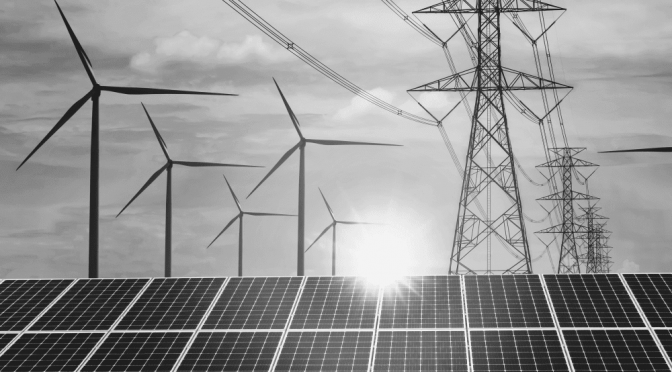As Women’s History Month comes to a close, I have reflected on all the present-day women making history around me. While gender equity is just one of the many improvements we hope to see in America, it’s interesting for me as a recent college graduate and new addition to the clean energy workforce to notice change occurring around me. I studied the environment and web design in school, and most of my professors were male, leaving me searching for female-identifying inspiration elsewhere. Rachel Carson, one of the most well-respected environmentalists ever, seemed an anomaly. But that’s what this month is about for me– celebrating the anomalies of the past and creating new norms in the future.
When I started at American Clean Power (ACP), I was excited to meet my new colleagues. The ACP marketing team consists of myself and two other women. Reflecting on it now, I’d never had a female supervisor before this job, let alone worked on a team of all women. When Heather Zichal was brought on as the first chief executive officer of ACP, our staff realized this meant that our Executive Leadership Team now consisted solely of women. And Heather has continued to bring on board more highly qualified, impressive leaders, many of which also happen to be women.
But we know that’s no accident. While Heather is only getting started in her role as CEO, she made it clear that diversity is a requirement for hiring. During an International Women’s Day panel discussion hosted by ACP member Siemens Gamesa this month, Heather mentioned a previous career experience where she was asked to make a hiring decision and wouldn’t interview any candidates until a more diverse pool was created. It takes intention and dedication to create lasting change in any situation, and this is just one example of that effort. For me, it’s exciting to look at the organizational structure of ACP and realize every single person above me is a woman. There aren’t many entry level employees that can say something like that– I’m an exception, but hopefully my experience will become more of a norm.
According to the Pew Research Center, in 2020 only 7 percent of Fortune 500 CEOs in the United States were women despite 47 percent of the labor force being women. In the environmental industry, 32 percent of workers are women– an improvement– but there’s still work to be done. ACP holds an interesting position in that we work very closely with hundreds of clean energy companies and their leadership daily. This gives us the opportunity to serve as an example and be part of a larger shift in the hiring, retention, and promotion of women throughout our industry.
Research has shown that having women in leadership positions not only improves a company’s overall performance, it also improves collaboration and creativity. Women’s perspectives can help create policy that encourages more women to stay in the workforce, and to move up the leadership ranks following in their footsteps. Just having these women leaders around and open to participating in events like the International Women’s Day panel earlier this month helps employees like me learn from their experiences, and I can and better envision a path to leadership for myself if that’s something I decide I want to pursue
Looking beyond just the clean energy industry, there have been some promising developments in American political leadership as well. Not only are there a record number of women presently serving in the U.S. Congress, President Joe Biden’s cabinet also contains a fair number of women serving in senior roles, including Deb Haaland as U.S. Secretary of the Interior and Jennifer Granholm as U.S. Secretary of Energy, not mention Vice President Kamala Harris. That’s a lot of women making history and paving the way for women to continue to build on and step into similar leadership roles. With so many women seated at the table, one would hope these important viewpoints will be considered when solving our nation’s most pressing and dual challenges, like mitigating climate change and boosting our economic recovery though innovative clean energy solutions.
The United States has not yet reached a place where our leadership represents our population, but we are making progress. And I believe it’s just as important to celebrate the victories as it is to recognize the failings. I hope as this month comes to close that we’re all feeling inspired to continue creating a culture in our industry that fosters the kind of progress we’ve seen recently, and to continue to ask our ourselves the difficult questions about how we can improve.


